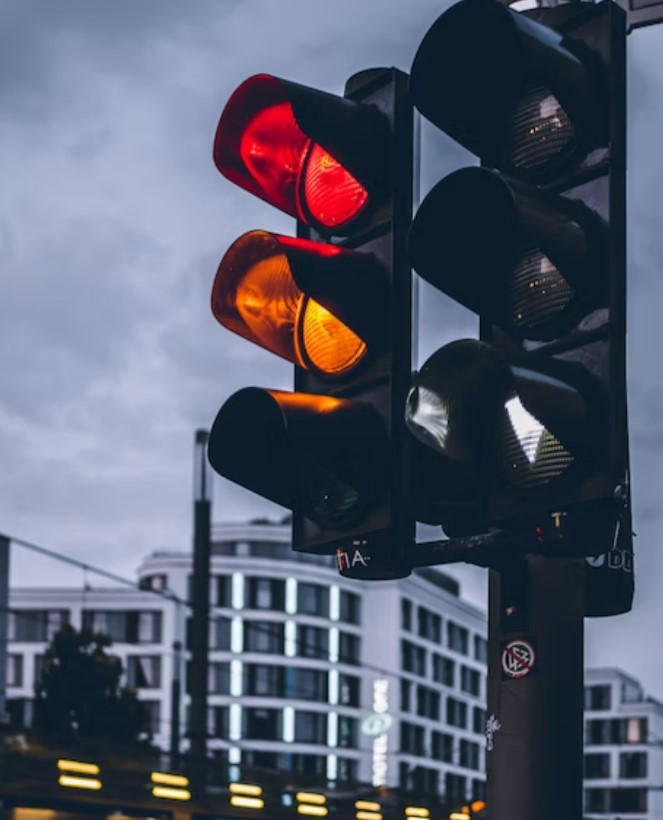Cutting-edge research conducted by the transportation engineers at North Carolina State University concluded that adding a “white light” to the traffic signal would enable Autonomous Vehicles (AV) to help control the traffic flow and let human drivers know whom to follow.
The research uses computational simulations to figure out ways in which self-driving vehicles can help to significantly improve travel time through intersections and reduce fuel consumption. Researchers have named this novel concept the ‘white phase intersection’ wherein the computing power of AVs will be used to navigate and predict the traffic flow at intersections.

Under the white phase concept, all AVs in a particular area like an intersection or traffic signal will communicate wirelessly with each other. They will simultaneously also communicate with the main computer controlling the traffic signal. The main computer will collect and analyze all the data and when enough AVs approach an intersection, it will activate the White Light on the signal.
Once you see the White Light on the signal, you will know that there are many AVs at your intersection and they are coordinating their movements to facilitate an optimum and efficient traffic flow. This is important information for non-autonomous vehicles driven by humans as when the traffic signal shows White Light, the drivers would just need to follow the vehicle in front of them to get the best traffic flow, which will save both time and fuel.
Basically, research shows that the AVs will gather data about traffic, location, terrain, and other variables from each other and then map out the best flow of traffic. Human drivers will just need to follow the AVs. Essentially when you see the white light just follow the vehicle in front of you. If it stops, you stop. If it goes, you go. If the vehicle in front of you is passing through the intersection, then you also pass through the intersection.
When the majority of vehicles at the intersection are driven by humans and only a few AVs are near the area, the traffic signal will revert back to the conventional green-yellow-red pattern.

To find out the efficacy of the white phase, researchers used specially designed microscopic traffic simulators. These simulators are complex computational models designed to replicate real-world traffic, down to the behavior of individual vehicles. Using these simulators, the researchers were able to compare traffic behavior at intersections with and without the white phase, as well as how the number of AVs involved influences that behavior.
Researchers found that AVs help to improve traffic flow. However, there is a catch. The white phase concept doesn’t make much difference if there are fewer AVs. The study shows that if AVs account for only 10 to 30% of the total vehicles at a white-phase intersection then you see only small improvements in traffic flow. However, as the number of AVs increase, the benefits also multiply.
The novel concept of White Phase Intersection is still in the nascent stage. It will be years before the AVs can adopt the distributional computational approach for traffic and will require even more time for governments to adopt the new white light at traffic signals.
However as more and more companies and industries are getting into the autonomous driving sector, the future definitely lies in planning for a scenario where we will have more self-driving cars than human drivers on road.
Related:
- India’s Satellite Launch Vehicle D2 Completes Mission: Delivers 3 Satellites to Orbit
- SpaceX Starship Launch Vehicle will conduct a Full Static Fire Test
- Huawei Disappointed by Lack of Progress in Autonomous Car Business
- Best Smartphone Gaming Accessories in 2023
(Source)






